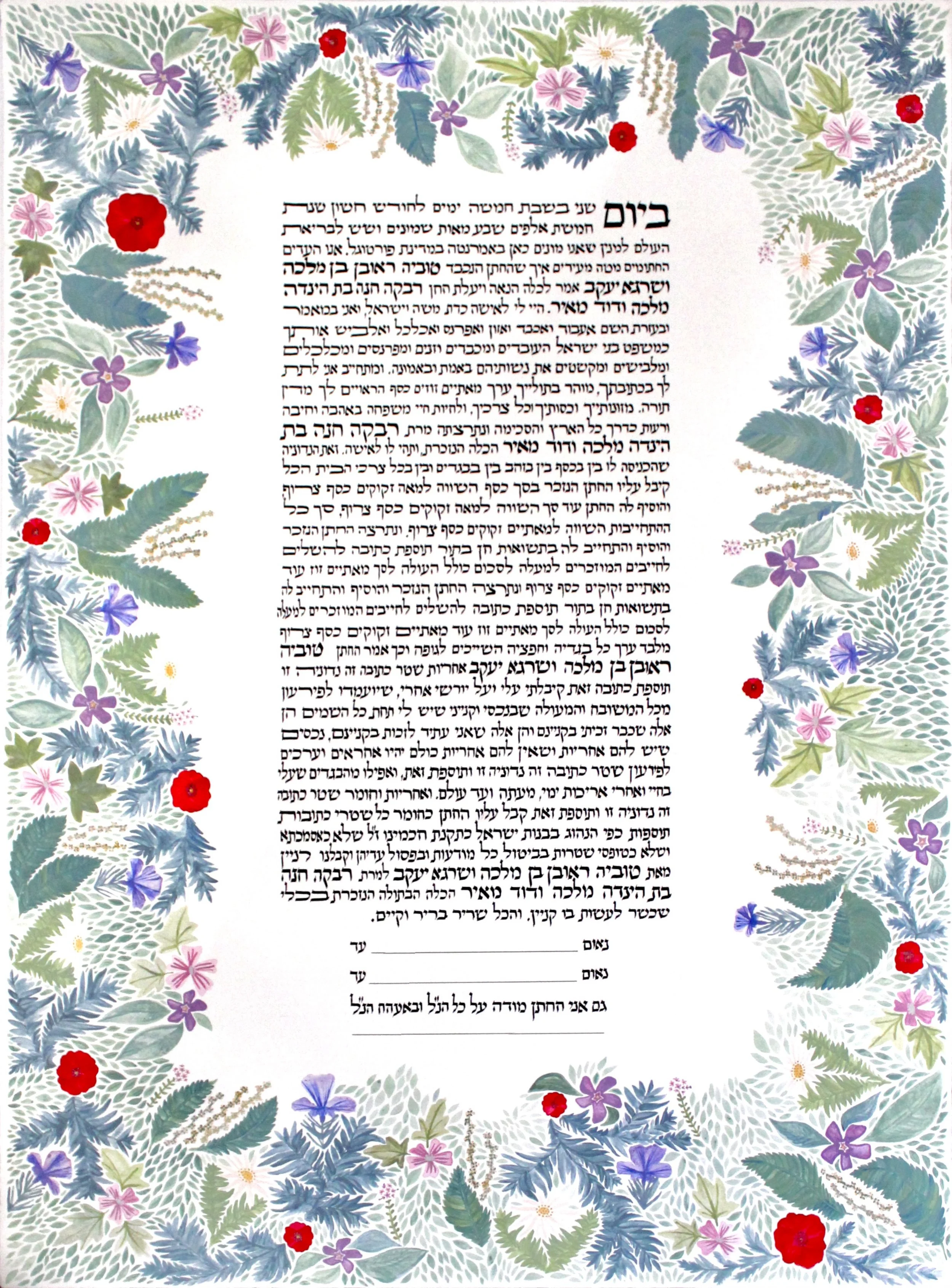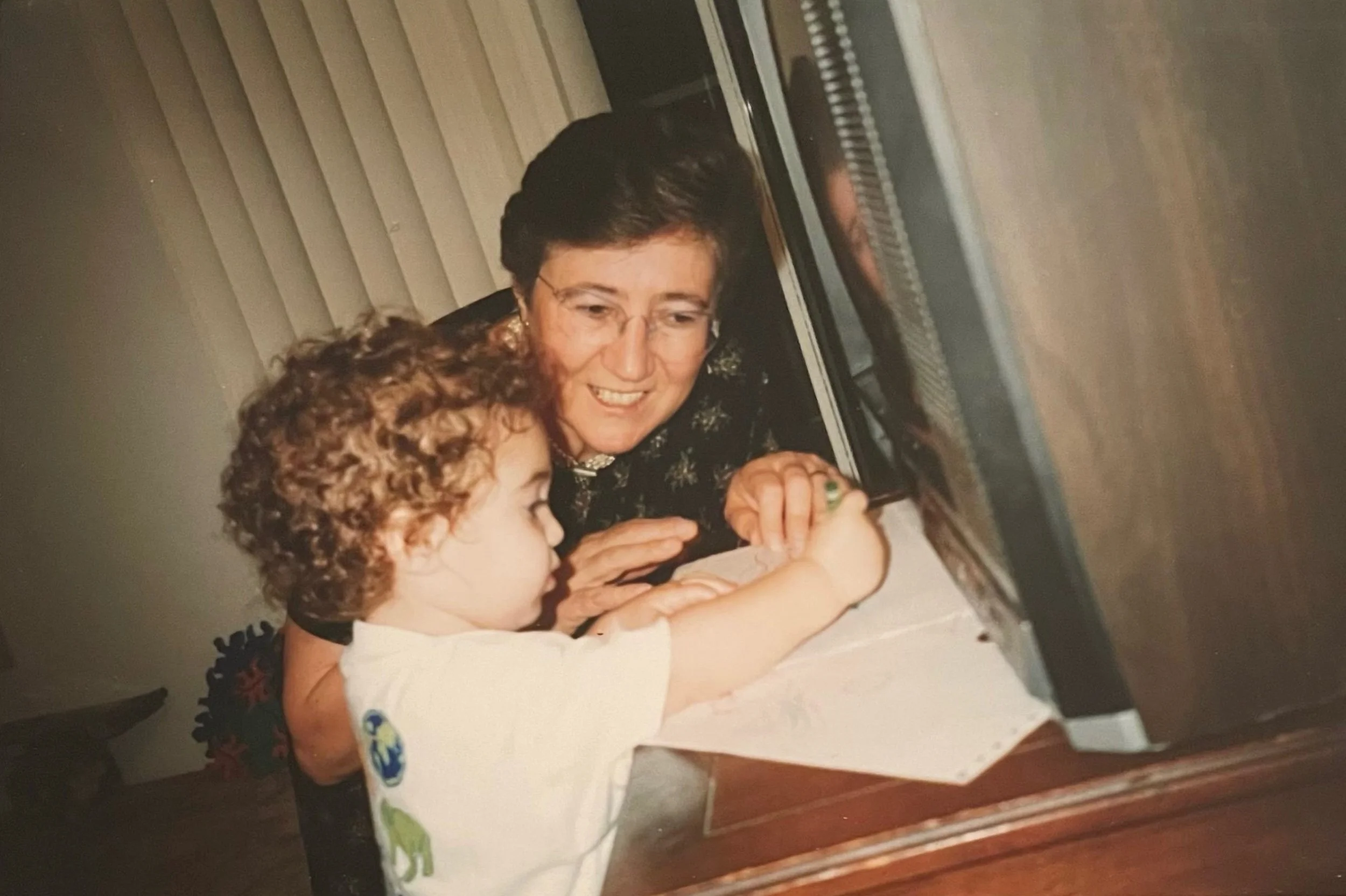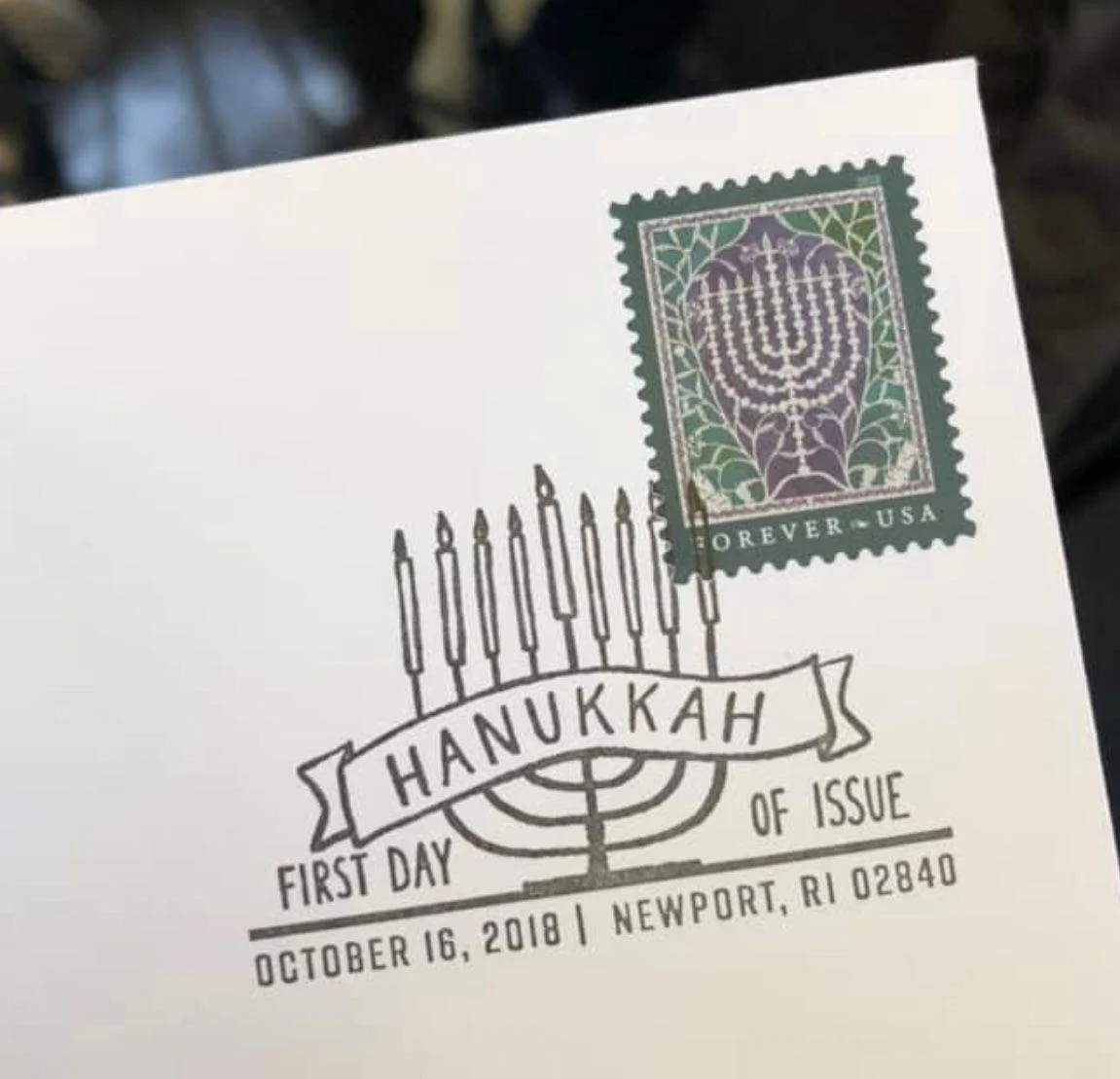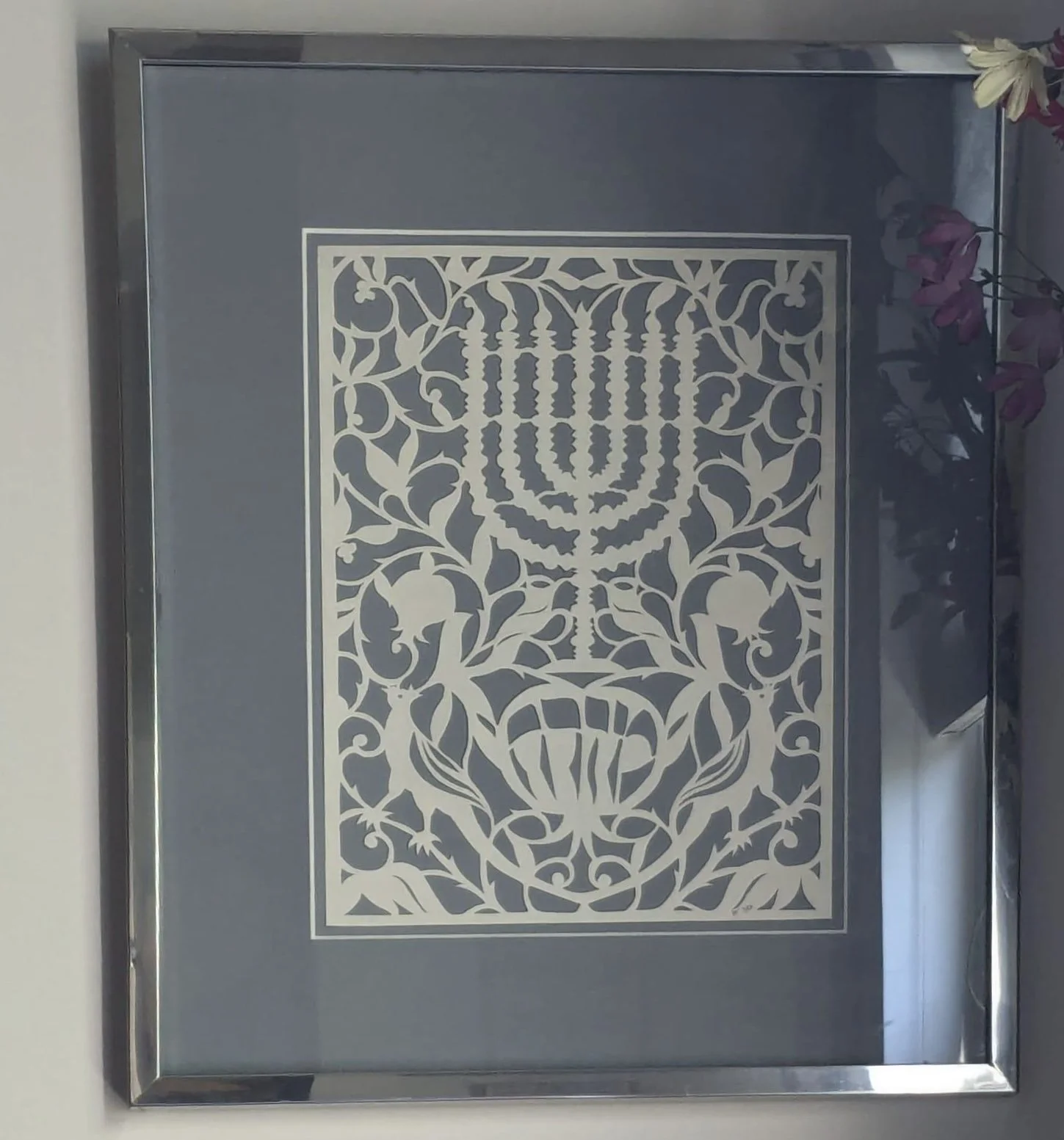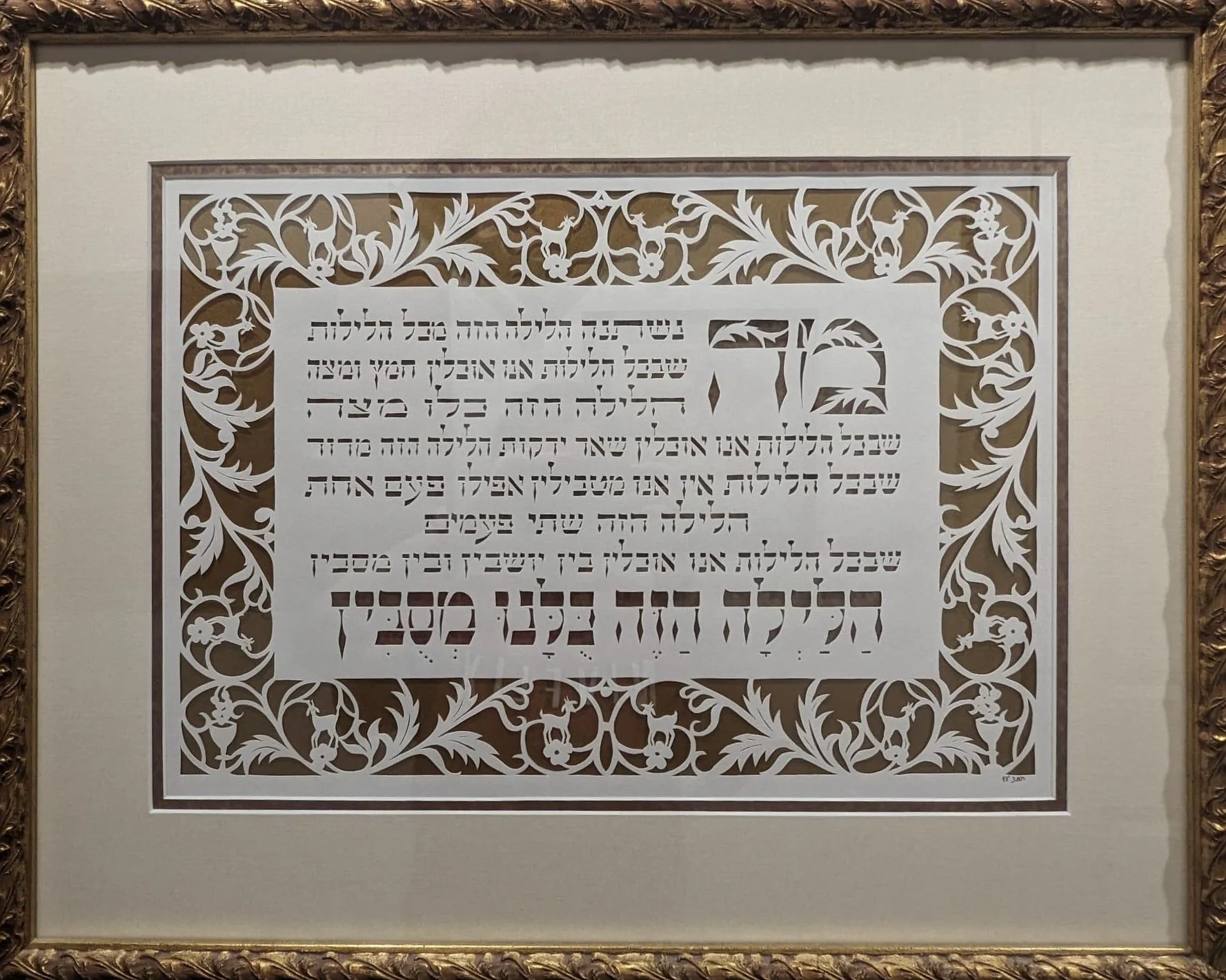Ketubah management and illustration
Service includes:
Sourcing of and payment to an available and professional scribe to calligraph the text of your choosing
Research-based personalized illustration and design with Rachel Fishman
Consultation with a bilingual Rabbi to make sure all information is correct if you do not have one available or performing your ceremony (its good practice to have the officiant approve the Ketubah as well)
International shipping and handling of your hand painted ketubah
Suggested design: Language of Flowers Ketubah
My suggestion is to choose seven flowers that are commonly found in the location of your wedding with meanings that are most important your relationship, promises to each other if you will. The number seven represents the seven blessings that are said under the chuppah. What is the language of Flowers?
🌼 The Language of Flowers — A Short History
The “Language of Flowers”, or floriography, is the symbolic use of flowers and plants to express emotions, virtues, or messages — a form of silent communication where each bloom carries a meaning. In the example shown, the couple wed in Portugal and chose the following flora for their ketubah: Rosemary, Thyme, Wild Poppies, Mallow, Daisies, Periwinkle, Cork Oak.
🌿 Ancient Roots
The practice of assigning symbolic meanings to plants dates back thousands of years: In Ancient Egypt, lotus flowers symbolized rebirth and the sun. In Classical Greece and Rome, flowers like myrtle and laurel were linked to gods (Aphrodite and Apollo) and virtues like love and victory. In Asia, especially China and Japan, flowers held deep poetic and moral symbolism long before Europe adopted the practice.
🌷 The Ottoman Influence
The true “language of flowers” as we know it began to form in the Ottoman Empire (17th–18th centuries), where people used coded bouquets, known as selam, to send secret messages in the royal court of Constantinople. This symbolic system fascinated European travelers — notably Lady Mary Wortley Montagu, who brought the idea to England after visiting Turkey in the early 1700s.
🌸 Victorian Flourishing
The idea truly bloomed in Victorian England (19th century), a society where strict etiquette often limited open emotional expression. People began to use flowers to communicate feelings that couldn’t be spoken aloud — love, sorrow, friendship, or apology. Dozens of “Language of Flowers” dictionaries were published, such as Le Langage des Fleurs (1819, by Charlotte de Latour) and The Sentiment of Flowers (1836, by Robert Tyas).
🌺 Global Influence
By the mid-1800s, floriography had spread across Europe and into the Americas. Each culture adapted meanings to its local flora — sometimes aligning with older folklore or religious symbolism.
🌻 Modern Legacy
Today, the “Language of Flowers” is enjoying a quiet revival — appreciated in art, literature, and botanical design. While the meanings aren’t as standardized as in Victorian times, the spirit of expressing emotion through nature endures, linking botany with poetry and human sentiment.
Price factors: size of paper, length of text, complexity of design, shipping needs, timeline needs
In your inquiry, please detail your wedding date, shipping location, and approximate desired Ketubah size. It’s recommended that your wedding date is a minimum of two months away.
